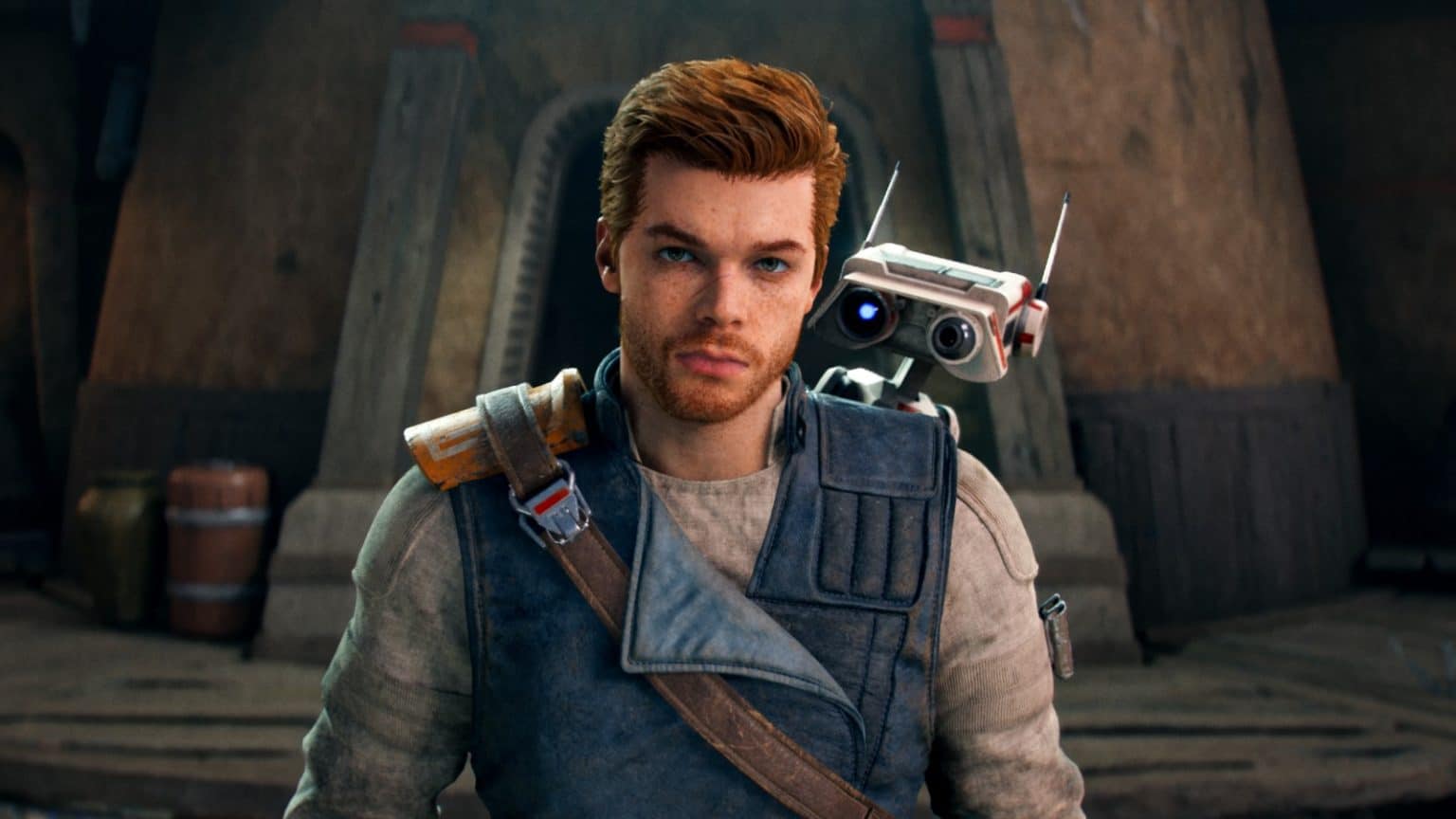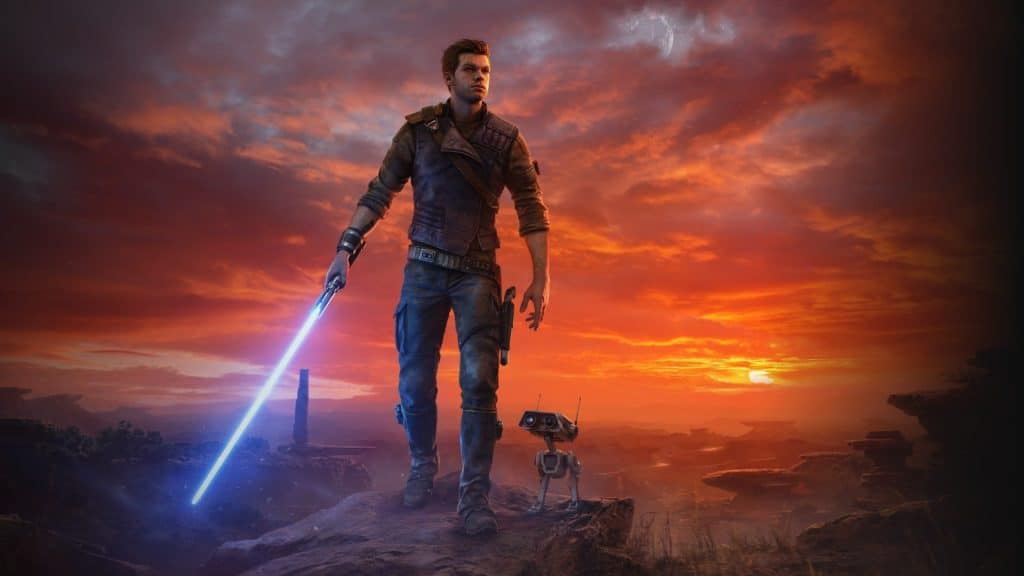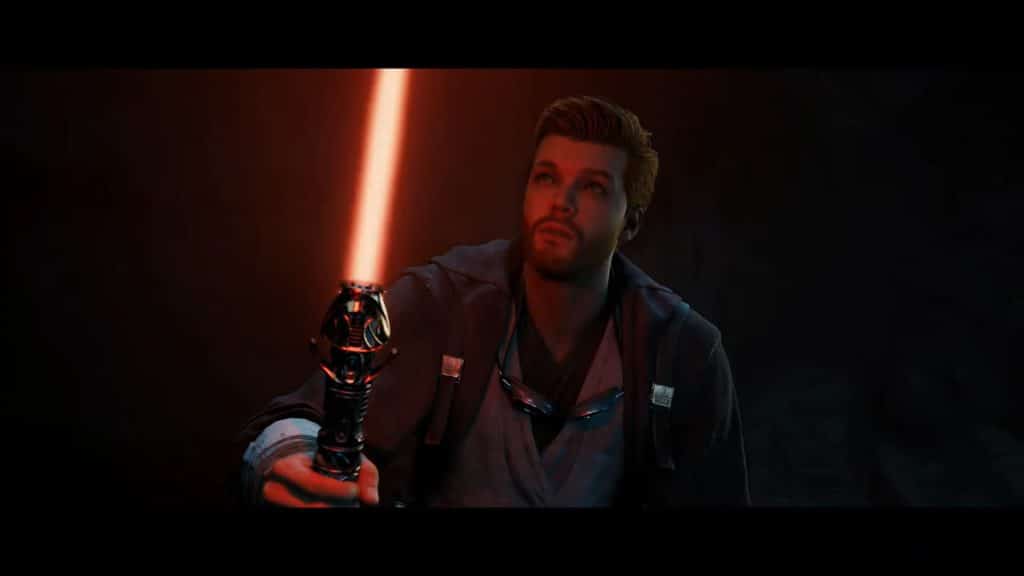I am still surprised I got my hands on Electronic Arts and Respawn Entertainment’s Star Wars Jedi: Survivor, the sequel to Jedi: Fallen Order, last week in Los Angeles, California.
When the first game came out in 2019, I immediately loved its plot, characters, and gameplay.
Despite knowing Jedi: Fallen Order had Souls-like elements and a more grounded, less power-fantasy action game like Star Wars The Force Unleashed, its new direction gave lightsaber combat a much better meaning.
With Jedi: Survivor releasing in a few more weeks on PC, PS5, and Xbox Series X|S, my time with the game was nothing more than a lot of praise from me.
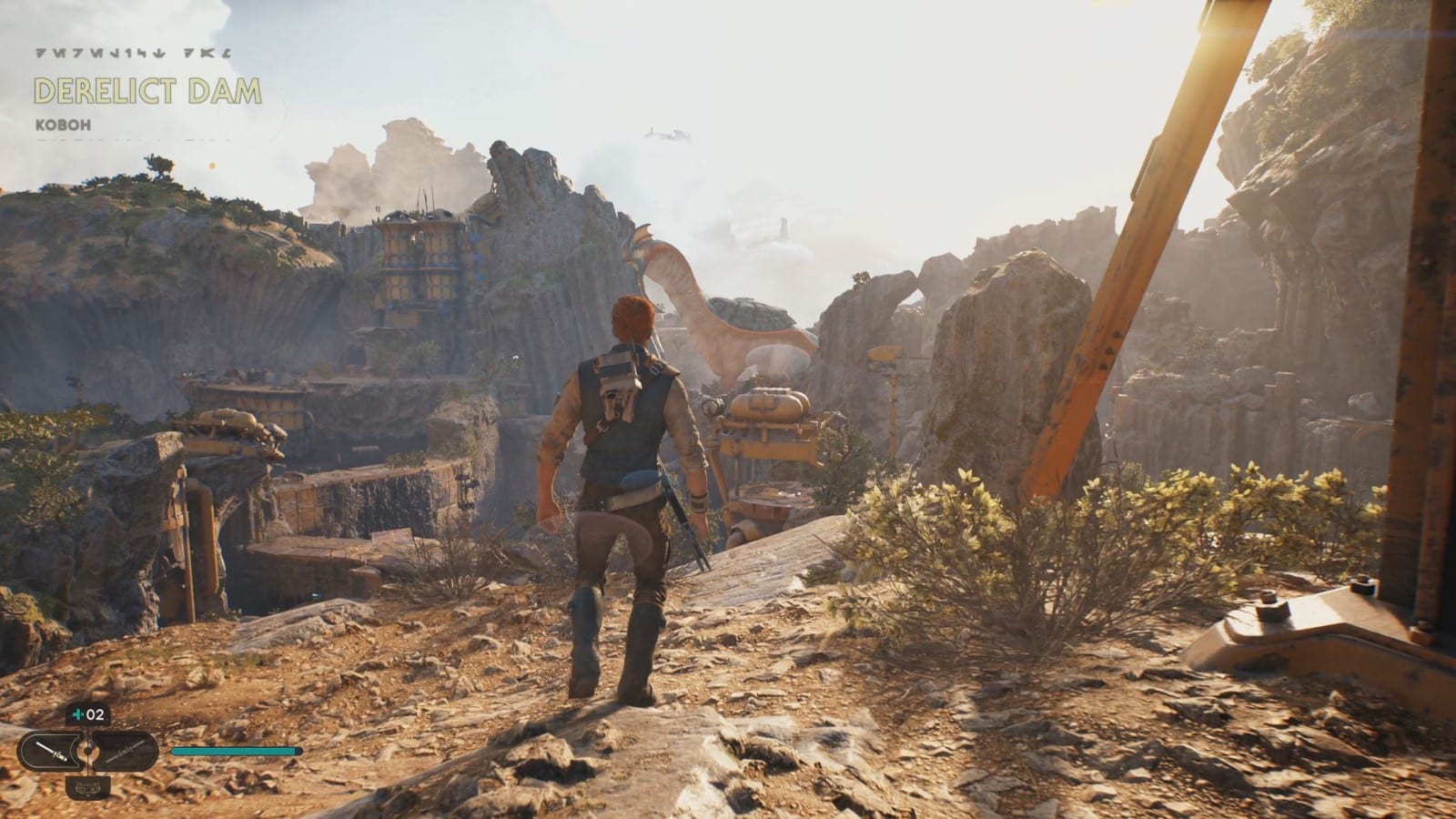
My 4-hour playthrough with the demo centered around after the game’s first hour on the planet Koboh, a place filled with caverns containing natural minerals and many mysteries. Cal Kestis, portrayed by Cameron Monaghan, is back with his ever-loyal droid, BD-1. Our mission is to fix the Mantis, and for us to do that, we need Greez’s help.
I was immediately impressed with how huge the area on the planet Koboh is. Respawn didn’t hold themselves back when they said Jedi: Survivor will have huge maps to explore. Koboh didn’t feel lifeless, there were friendly creatures, and you could even interact with Bogglings now!
There are locals that you can interact with and hear rumors that could lead you to beneficial rewards if you look for them. The team put a lot of effort into making Koboh feel more alive.
I’ve traversed throughout Koboh for almost 2-3 hours solving puzzles, defeating enemies, finding crates, and even facing a Rancor; there is still so much to discover! That’s how the game easily derailed me away from the primary task. I almost forgot I still had to look for Greez’s cantina.
What makes it a breeze to explore in Jedi: Survivor is the inclusion of fast travel. Unlike the first game, traveling from one point to another is also better, thanks to the all-new mount feature. Yes, you read that right. You can now mount on creatures to help make exploration more bearable.
Learning about the planet’s lore, defeating mini-bosses, and in the lookout for places to explore reward you appropriately. There are still too many unexplored areas and secrets to discover in Koboh, and I wish I still had time to play more.
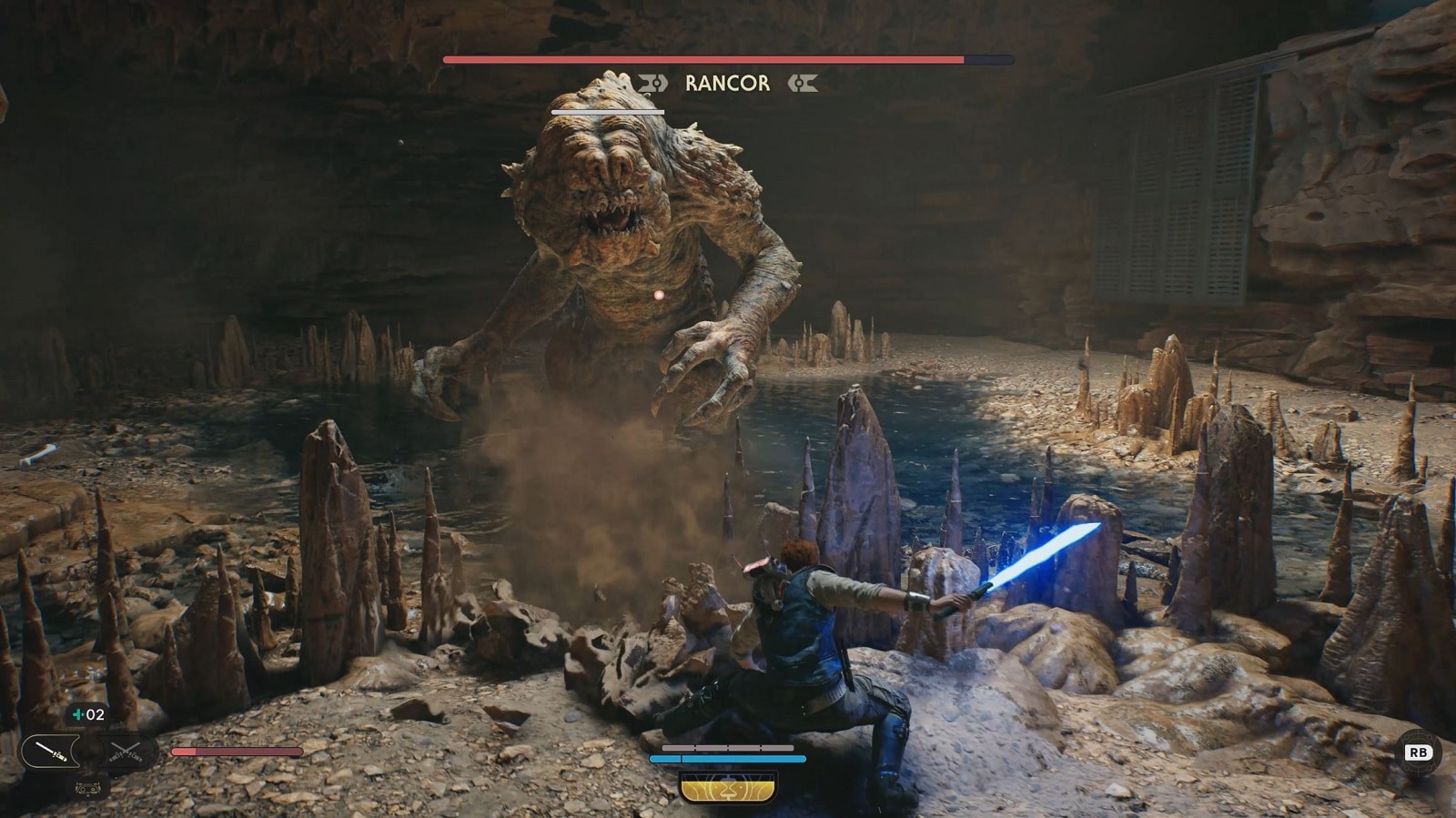
Before starting the game, I got confident and directly picked the Jedi Grandmaster difficulty. Jedi: Survivor’s combat mechanics retain what Jedi: Fallen Order had but significantly refined and expanded.
The introduction of the stances gives me the flexibility of what kind of playstyle I want to go for. During my time with the demo, the game only gave me three stances out of five: the Single stance, the Double-bladed stance, and the Dual Wield stance.
Single is your go-to balanced basic combat playstyle, while the Double-bladed gives you more mobility with better speed and defense. The Dual Wield offers higher mobility by offsetting its attack range while providing adequate damage and defense.
I preferred the Single and Double-bladed stances since both were familiar because of the first game. However, the Dual Wield can be fun when you get its combat style fully. Cal moves really fast, attacking enemies with the lightsaber at an enjoyable and entertaining pace, but this stance takes a few hours to get used to it.
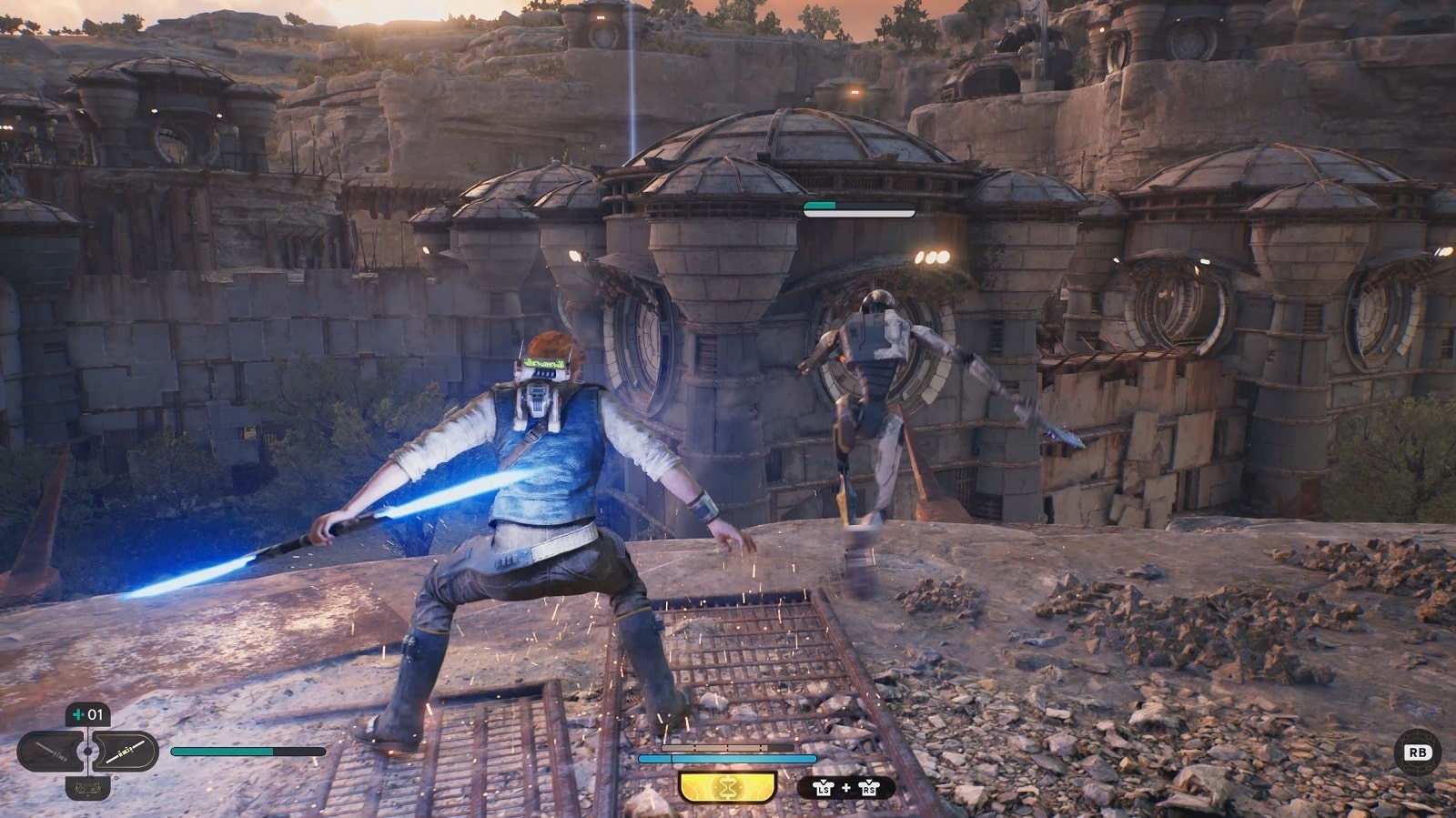
Enemy encounters are much more enjoyable this time, thanks to the new stances. You can equip two stances simultaneously and switch them by pressing the left and right D-pad buttons, encouraging you to switch stances to take advantage of the abilities you unlocked fully.
Since you can only equip two stances simultaneously, you must land on a meditation circle to switch your equipped stances. I would have wanted Respawn to add a “stance wheel” feature to change your stance during combat; however, I see how it can affect the game’s balance as it would just make Cal slightly overpowered.
Aggressive animals can jump at you in blind corners, keeping you on your toes, especially when playing in Jedi Grandmaster mode. So if you’re not careful, you can easily lose health.
Cal’s attacks are impactful compared to the first game, and pulling off connecting lightsaber strikes looks smoother. You can even use a new ability that confuses enemies into attacking their own; plus, parrying attacks this time feels much more responsive, especially when facing multiple enemies. Respawn refined the combat, improving the experience when fighting against a boss or squad mixed with melee and ranged enemies.
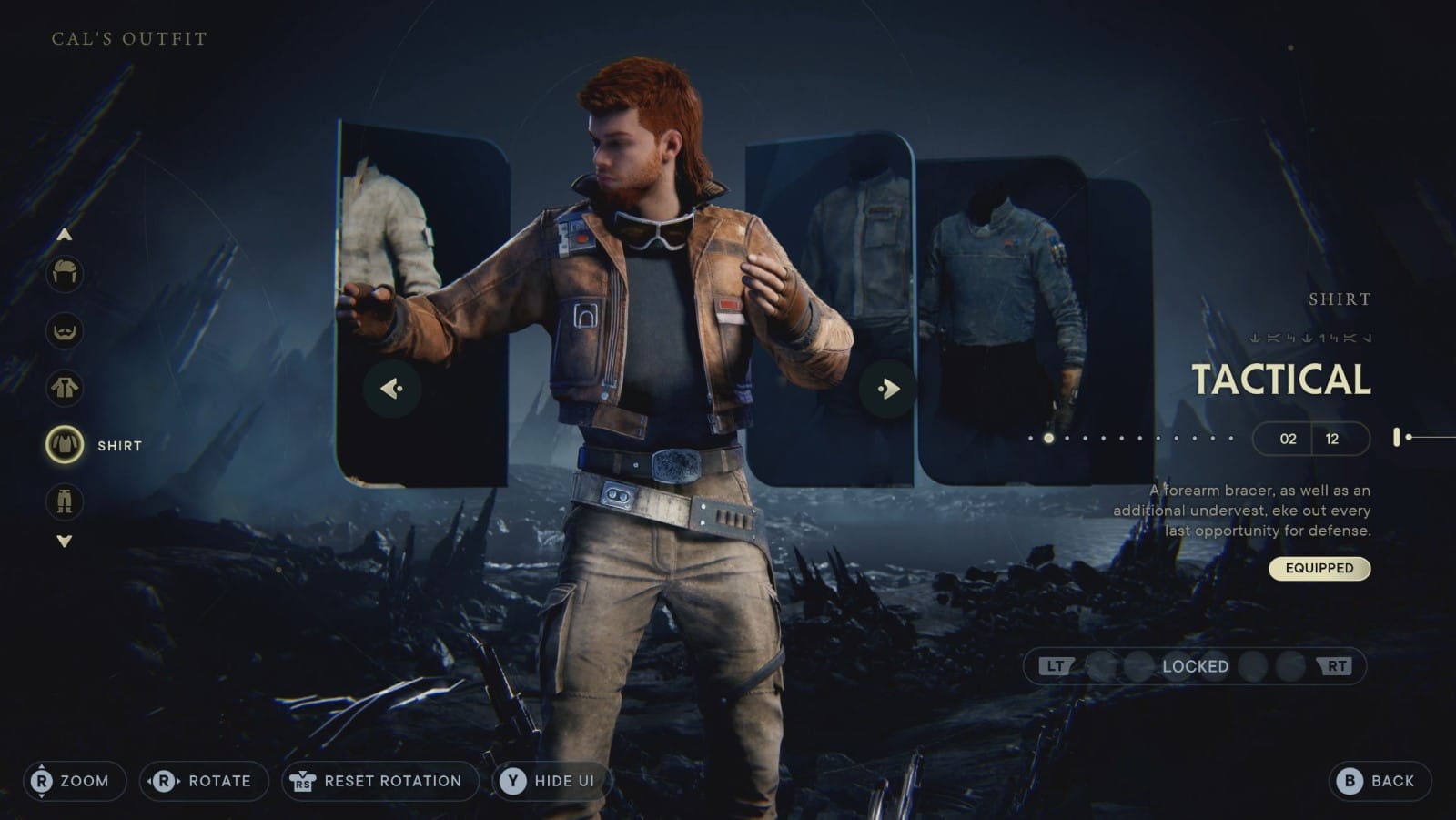
Respawn also added a new difficulty level, Jedi Padawan mode, giving one more option to give new players a chance to slowly adapt to the game’s mechanics at their own pace.
In addition, customizing BD-1 and Cal just became a lot better. Unlike the first game where you can only change Cal’s Poncho and outfit colors, you now can fully customize his hair, beard, jacket, shirt, and pants! BD-1’s head case can also be changed, his overall condition if you want him to look brand new or dirty. The level of customization added to Jedi: Survivor is a welcomed addition, and I love every bit of it.
With the inclusion of stances, Respawn also expanded the Skill Tree in Jedi: Survivor. There are a ton of new upgrades uniquely tied to the stances, Force abilities, and survival skills.
There are a lot of story points and characters from the demo I want to discuss, but that would ruin the surprise Star Wars Jedi: Survivor has for everyone who will play. I feel the game will pretty much exceed expectations when it releases on PS5, Xbox Series X|S, and PC, on April 28, 2023.



